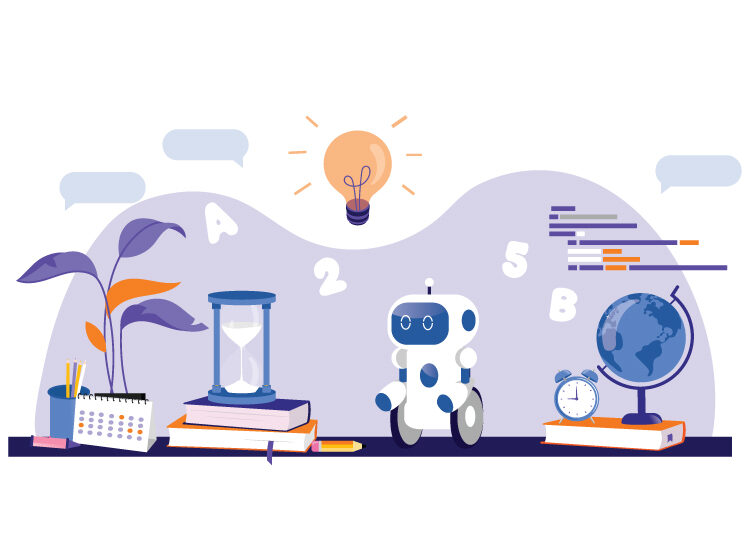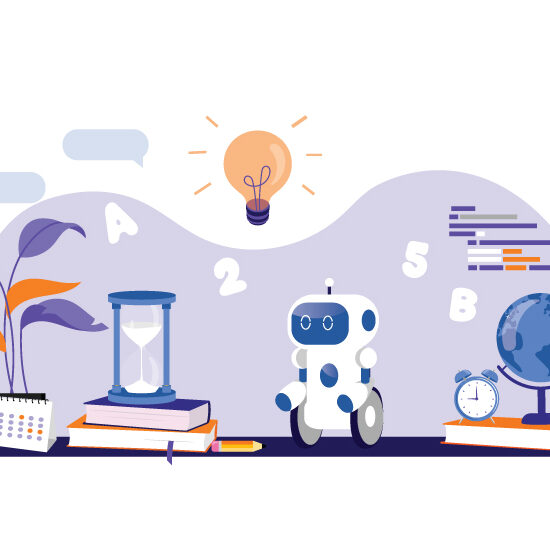According to a 2019 Gartner Artificial Intelligence survey, 17 percent of organizations were already using UI-based solutions for HR operations, and another 30 percent planned to do so by 2022. The reasons cited for making the change include cost savings, an improved employee experience, and support for data-based decision-making.
What is Artificial Intelligence?
Artificial intelligence is generally defined as software technology that lets computers perform tasks that normally require human intelligence. AI technology is designed to plan, reason, solve problems and communicate. The digital tools of AI include algorithms, machine learning, natural language processing, and computer vision. Unlike other types of software that consist of fixed sets of computer instructions, or algorithms, AI algorithms can change in response to data. Commonly referred to as “AI/ML.”
Most of today’s AI systems perform specialized tasks, like IBM’s Watson that beat human players on “Jeopardy!” and systems used in insurance and health care. Researchers are still a long way from developing technology with general artificial intelligence that truly imitates the human brain and has general problem-solving abilities. One of the biggest challenges in responding to entirely new situations is why AI and robots won’t entirely replace humans in the workplace anytime soon.
Role of Artificial Intelligence in Workforce Management
The growing trend for a workforce that’s digital-based and remote was accelerated by the global pandemic. Over the past two years, organizations have realized that many tasks required to manage a modern workforce can be accomplished with specialized artificial intelligence software. For example, AI technology can be used to match skills within a workforce with future work. Identifying skill gaps in the workforce helps leaders decide if they must retrain their current workforce or begin hiring.
Workforce management tools that incorporate artificial intelligence can store and maintain employee data used for analytics, tracking, reporting, and predicting future trends. They can be used to automate many aspects of scheduling, budgeting, payroll, compliance, and employee development.
Recruiting new talent is one of management’s most time-consuming processes. According to Forbes, artificial intelligence is used in automated applicant systems that scan applications and resumes. These systems are used by nearly 70 percent of hiring managers, who say the technology makes their job easier.
Engaged employees are more likely to be enthusiastic, driven, and interested in professional growth. Keeping teams engaged in the face of industry changes brought on by the global pandemic is challenging for any organization. Many have found a solution in workforce management tools that use data analytics to develop personalized training programs, provide real-time performance feedback, and form cohesive work teams.
The Future of AI and the Future of Work
In “Artificial Intelligence and the Future of Work,” a 2020 MIT report, AI is called one of the most important technologies in the world. It’s behind the phenomenal success of companies like Google and Facebook, but do humans need to fear that it will impact the future of work? The report concludes that there is no reason to expect mass unemployment due to AI technology or robots. “Instead, we believe that—like all previous labor-saving technologies—AI will enable new industries to emerge, creating more new jobs than are lost to the technology.”
The report adds that we are still many decades away from computers with human-level artificial intelligence. Instead of replacing people in the workforce, AI will supply tools that will allow people and computers to work together as “superminds” capable of reaching new levels of achievement.
This doesn’t mean that no jobs will be lost due to advances in artificial intelligence and automation. Experts suggest that major disruptions will occur in warehousing, manufacturing, healthcare, long haul trucking, and other industries within the next five to 10 years. At the same time, there will be massive demand for workers with technical skills who can adapt to the new normal.




